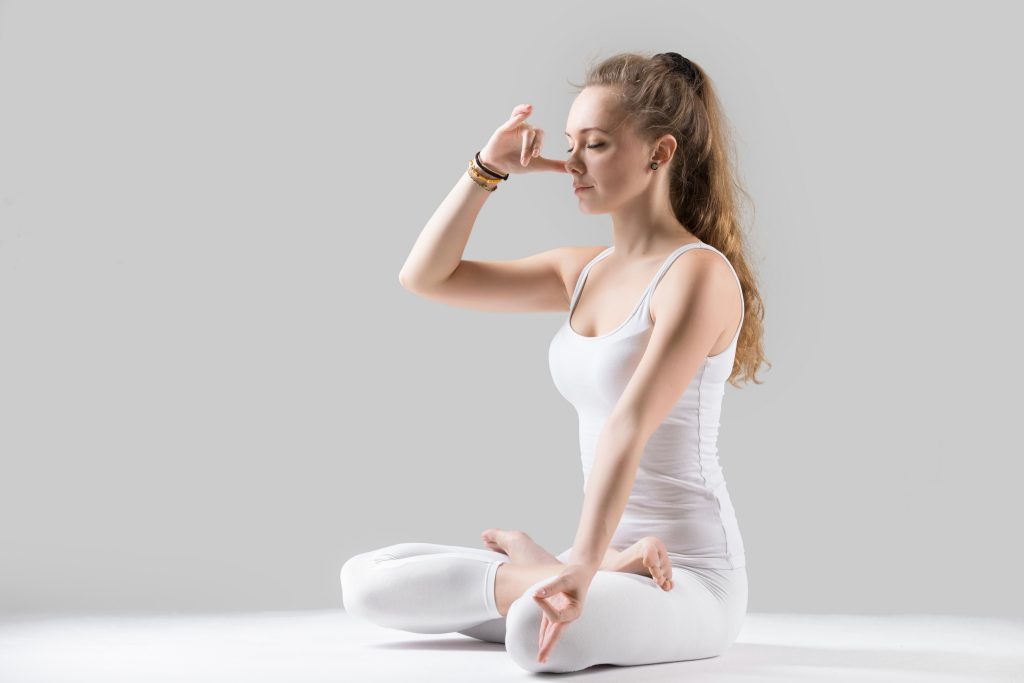Breathing Exercises & Techniques for People with Asthma – What You Need to Know!
Asthma affects many people from children to adults of all ages, even those who are active and play many sports can be affected by asthma.
Though personal experiences may vary, the most common symptoms include shortness of breath, chest tightness or pain, wheezing when exhaling, recurrent chest infections and sleeping disorders due to irritating coughs and wheezing at night.
For the most part I am talking to people who have chronic symptoms. If you have had the sudden onset of any of the above it is advised to go to your GP and be assessed.
Throughout my work the approach that gives the best outcomes is an interdisciplinary approach. Introducing breathing exercises into your Asthma management plan will make a difference. The following are some studies that show it makes a difference.
Hassan Z et al. Effect of Buteyko breathing technique on patients with bronchial asthma.
The results state “Even though no study has indicated exactly why buteyko is so effective at controlling asthma, if a drug could show these results , then it is likely that it would be used widely in asthma control.“
Egyptian journal of chest diseases and tuberculosis, October 2012.
Cowie RL, Conley DP. Underwood MF, Reader PG. A randomised control trial of buteyko as a treatment for asthma. After a six month follow up clinic the Buteyko group demonstrated:
Improved asthma control from 40% to 75%.
39% decreased use of inhaled corticosteroids.
21% elimination of inhaled corticosteroids.
A randomized control trial of the Buteyko technique as an adjunct to conventional management of Asthma,
Respiratory medicine, 2008 May.
Slader et al. A double-blind randomised controlled trial of two different techniques in the management of Asthma.
86% in need for reliever medication
50%decrease in use of inhaled corticosteroids
Double blind randomized controlled trial of two different techniques in the management of asthma. Thorax,August 2006.
Motivated?
Let’s get started…
Through all the Exercises You will Note a Recurring Theme.
Breathe through the Nose! (in and out) | Soften your Breath | Don’t breathe so fast, breathe slower!

The Best place to start is with your Nose…
- Check and see if you have good air entry.
- Block one side of your nostril and breathe through the other side. Note is there any whistling, or does it feel free or blocked.
- Check the other nostril.
- Now Breathe in gently through the nose – (keeping your mouth shut)
- Breathe out.
- Towards the end of the out breath pinch your nose hold your breath, ( for about 10 secs. or less if you find 10 secs. too difficult) you can rock from side to side or sit still whichever you prefer.
- When you let go, breathe in.
- You can vary the breath inhale after the breath hold. It can be soft or a little quicker.
- Normal breath.
- Repeat the exercise five times.
For some people with Asthma mouth breathing has become a way of life. It is very important to bring awareness to how you are breathing.

Do a mental check when you climb the stairs, how are you breathing?, when you are sitting in front of the computer how are you breathing?, when you sleep at night how are you breathing?
Part of the reason why the nose can become blocked is because you are not using it enough.
As the saying goes “If you don’t use it you lose it” and it’s so true. There are very few advantages to mouth breathing.
The following exercises if done regularly will help relieve wheezing, persistent cough, and shortness of breath.
The Cupped Hands Technique.
- Bring your hands together, little fingers meeting and bring to your face covering your nose and mouth. You now have a little chamber from which to breathe in and out.
- Let your breathing settle. Then breathe in a little softer and gentle exhalation.
- Do this for 5 minutes.The air warms up pretty quickly and you rebreathe this air.
- As you continue with this exercise you are increasing CO2 in the blood, which will improve blood flow and oxygen delivery to the brain.
- This exercise simulates the” brown paper bag” technique, but it is safer because it allows a plentiful supply of oxygen while increasing CO2.
Breathing Recovery Exercise.
- Breathe in gently through the nose.
- Breathe out.
- Pinch your nose at the end of the out breath.
- Hold for 5 seconds.
- Breathe in.
- Normal breath – Then repeat – Don’t rush the exercise
- This exercise helps to take you out of stress mode. It is excellent exercise to start with and it calms that irritating cough and eases wheezing.
Reduced Breathing by Relaxation.
- Bring your attention to wherever you are sitting.
- Feel your feet on the floor.
- Sit upright, like at the edge of your seat but not strained.
- Place one hand on your chest and one above your belly button.
- Become aware of how your body is breathing.
- Gently slow down the inhale.
- Soften the in breath
- Feel the turn of the breath and allow the breath out to be slow and relaxed.
- The goal is to breathe less air than you normally do and to breathe less breaths per minute.
- This can be uncomfortable at first. Start with doing it for two minutes and build up to 5 minute. Take a break and repeat.
- This exercise is part of any treatment plan for a person with Asthma. Some people find it more difficult than others. If you do find it difficult start with but at all times you are breathing . you are holding your breath, just breathing slower.
Like everything if you want to change something about your health it is important to get started. Commit to doing the exercises three times a day. Become aware of how you breathe doing normal day activities and of course sleep with your mouth closed.
If you need further guidance why not book a 1-2-1 treatment session with myself, please contact either direct by email: info@easybreathing.ie or through my website Easybreathing.ie
Recommendations.
I find these useful books as handbooks when teaching.
I would like to recommend Patrick Mc Keown’s Book called ‘Close Your Mouth’ or Buteyko Clinic Method which can be sourced at https://buteykoclinic.com/books/

